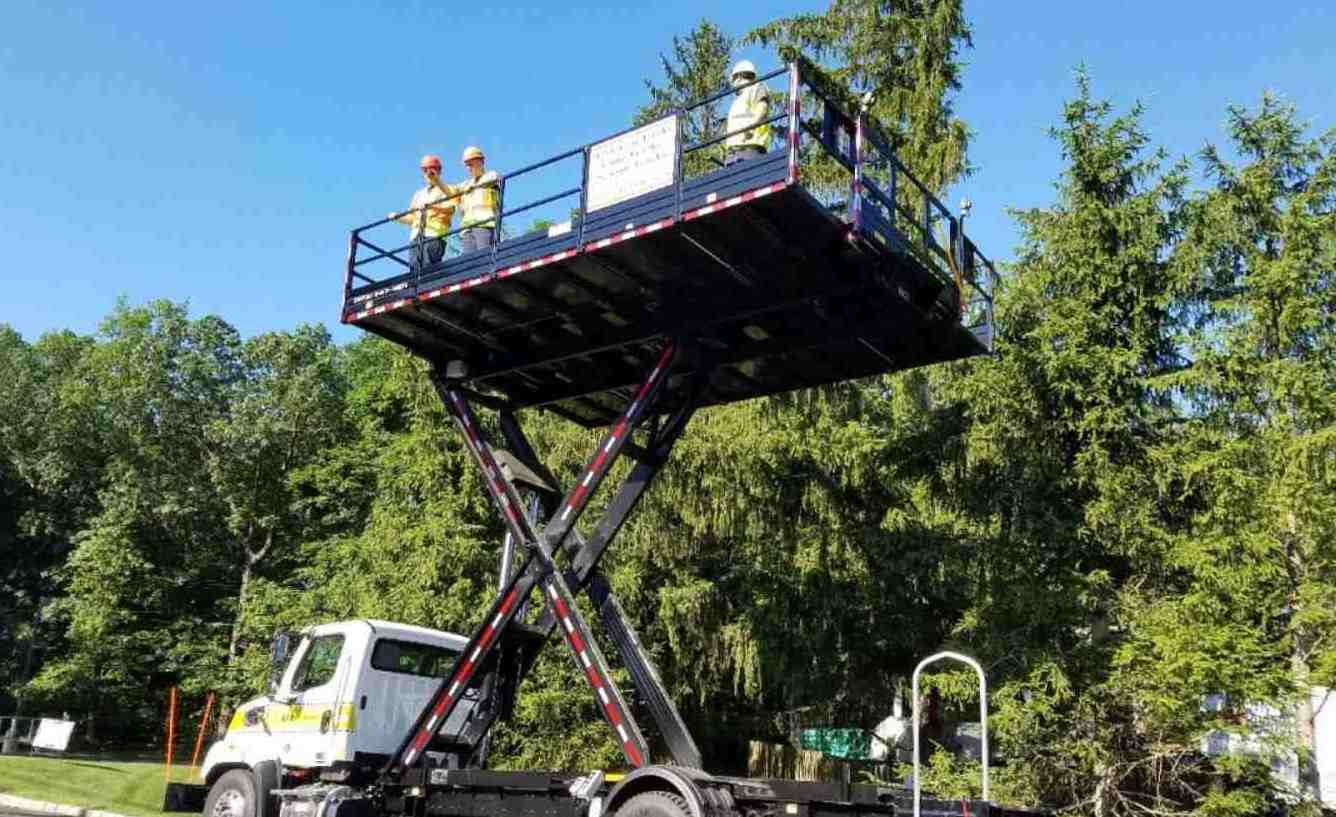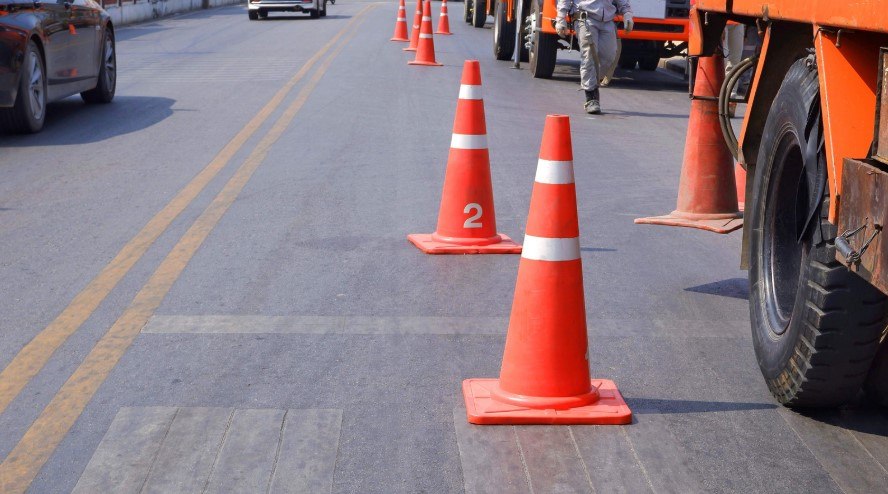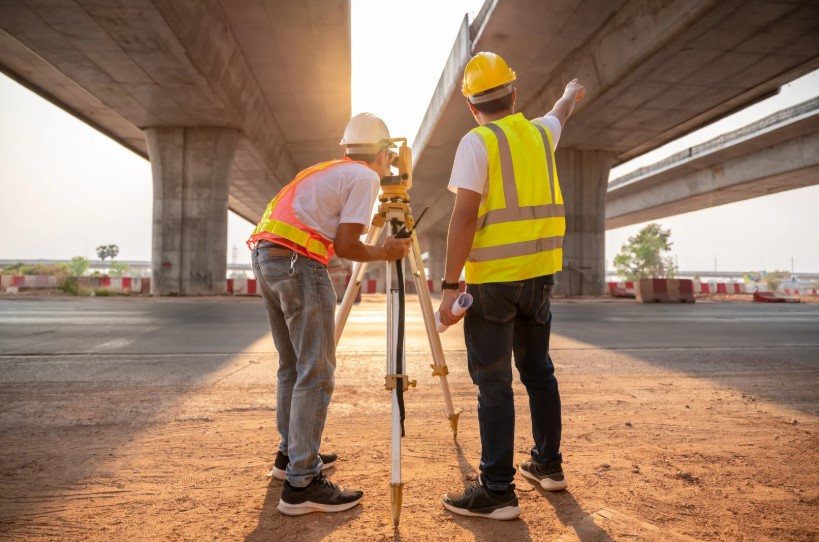A work zone crash happens once every 5.4 minutes in the United States. Let that sink in. By the time you finish your morning coffee, another incident has likely occurred, shattering the pre-dawn quiet of a highway project. For you, the project manager or DOT engineer, these aren’t just statistics. They are the near-misses you see, the reports you file, and the constant, low-grade worry you carry for your crew. The most significant roadside project risks aren’t just about traffic; they’re about people.
Why Roadside Risk Management Saves Lives—and Budgets
We talk a lot about safety, but let’s talk about the hard numbers. The Federal Highway Administration (FHWA) estimates the comprehensive cost of a single fatal work zone crash is over $10 million, while a non-fatal injury crash can easily exceed $90,000 in direct and indirect costs. That figure doesn’t even touch the project delays, insurance hikes, and the crushing weight of an OSHA investigation.
Effective work zone risk prevention isn’t an expense line item; it’s the single best investment you can make in your project’s financial health and your team’s morale. It’s the difference between a project that runs smoothly and one that becomes a cautionary tale.
The 7 Biggest Roadside Project Risks
After decades in this business, we’ve seen it all. The risks out there are predictable, which means they are preventable. Here’s what you need to watch for and the gear you need to fight back.
1. High-Speed Traffic Intrusions
This is the nightmare scenario: the distracted, drowsy, or impaired driver who fails to merge and barrels straight into your work zone. It happens in a split second. Prevention is about creating a physical, unmissable barrier. A line of cones is a suggestion; a Truck Mounted Attenuator (TMA) is a shield. Proper lane-closure planning, executed with clear signage and a strategically placed TMA crash truck, is your crew’s best defense against the public. TMA crash truck safety isn’t a luxury; it’s a life-saving necessity.
2. Low-Visibility Night Work
Asphalting, line striping, and emergency repairs often happen under the cover of darkness. This is when your work zone can feel invisible. The risk of a driver misjudging the lane taper or simply not seeing your crew skyrockets. Your defense is to own the light. This means deploying high-output, sequential arrow boards that command attention from a mile away and using modern LED cone trucks that make setting a taper fast, efficient, and brilliantly visible.
3. Worker Struck-By Heavy Equipment
Not all threats come from outside the cones. The chaotic ballet of pavers, rollers, and dump trucks inside the work zone creates significant internal risks. A worker with their back turned, a blind spot, a moment of miscommunication—that’s all it takes. The solution is a belt-and-suspenders approach: ironclad spotter protocols for any vehicle moving in reverse, combined with modern proximity alarms that give operators and ground personnel an audible warning before they get too close.
4. Communication Breakdowns
“I thought you were watching that lane!” Famous last words on a chaotic site. When the roar of equipment drowns out voices, instructions get missed, and warnings go unheard. This is a critical failure point. Your mitigation toolkit must include reliable two-way radios for key personnel, clear and concise variable message boards for public traffic routing, and—most importantly—mandatory pre-shift huddles to ensure everyone is on the same page before a single engine starts.
5. Equipment Failure and Downtime
A blown hydraulic hose on a scissor lift or a generator failure on an arrow board doesn’t just halt progress; it creates an immediate safety hazard. A dark arrow board is worse than no arrow board at all. Proactive maintenance is key, but reality dictates that failures will happen. The best way to manage these roadside project risks is to partner with a rental provider like S.P.A. Safety Systems, which not only guarantees meticulously maintained equipment but can also have on-site spares or a rapid-swap unit on the way to your site immediately.
6. Weather-Related Hazards
Mother Nature is the one variable you can’t control, but you can plan for it. A sudden high wind can turn an aerial work platform into a dangerous sail, exceeding its manufacturer-specified wind load limits. A downpour can make surfaces slick and reduce visibility to zero. A robust safety plan includes clear go/no-go parameters for wind speed, a designated action plan for sudden rain or lightning, and ensuring your equipment is rated for the conditions you might face.
7. Regulatory Non-Compliance
OSHA and ANSI don’t mess around. Using uncertified equipment, failing to follow MUTCD standards, or having improperly trained operators is a fast track to hefty fines and stop-work orders. According to OSHA’s General Duty Clause, employers must provide a workplace “free from recognized hazards” (OSHA, n.d.). Non-compliant equipment is a recognized hazard. The simplest way to ensure compliance is to rent certified, late-model roadside safety equipment from a trusted source that can provide all necessary documentation and training records.
|
Risk |
Probability | Severity | Mitigation Gear |
|
Traffic Intrusion |
Medium | Critical |
TMA / Attenuator Truck, Arrow Boards |
| Low Visibility | High | High |
LED Cone & Arrow Trucks, Light Towers |
|
Worker Struck-By |
Medium | Critical | Spotters, Proximity Alarms |
|
Communication Failure |
High | High |
Two-Way Radios, Message Boards |
| Equipment Failure | Low | High |
Well-Maintained Rental Fleet (S.P.A.) |
|
Weather Hazard |
Medium | High | Manufacturer-Spec’d Equipment |
| Non-Compliance | High | Medium |
Certified Equipment, Training Records |
Case Study: Paving Crew on Route 287 Slashes Incident Rate
Dave Ortiz, a paving supervisor for a major NJ contractor, was facing a tough nighttime resurfacing project with a high volume of truck traffic. “The near-misses were keeping me up at night,” Dave said. After two close calls in one week, he partnered with S.P.A. Safety Systems to bring in two TMA trucks and a new LED arrow board. “The change was immediate. My crew felt protected. We could focus on the job.” By the project’s end, their reportable incident rate had dropped by 40%, and they finished three days ahead of schedule.
Step-By-Step Prevention Checklist for Roadside Project Risks
Feeling overwhelmed? Don’t be. A safe project is built one step at a time. Keep this field-tested checklist handy in every truck.
- Conduct a Pre-Project Risk Assessment: Walk the site and identify every potential hazard before the first cone is placed.
- Develop a Written Traffic Control Plan (TCP): Don’t just wing it. A formal, MUTCD-compliant TCP is your playbook.
- Source Certified, Reliable Equipment: Your gear is your lifeline. Vet your rental provider.
- Hold a Pre-Shift Safety Huddle—Every Single Day: Review the TCP, the day’s tasks, and communication protocols. No exceptions.
- Verify Operator Training and Certifications: Ensure the right person is operating the right machine.
- Inspect All Equipment Before Each Shift: A 5-minute walk-around can prevent a catastrophic failure.
- Establish Clear Communication Channels: Test radios and confirm hand signals.
- Enforce a “Zero Tolerance” Policy for Internal Distractions: No cell phones for flaggers or spotters.
- Monitor Weather Conditions Actively: Use a reliable weather app and have a clear “stop work” trigger.
- Conduct a Post-Shift Debrief: Discuss what went right, what went wrong, and how to improve tomorrow.
Cost-Benefit Snapshot: An Investment, Not an Expense
The financial case for proactive safety is undeniable. When you compare the weekly rental cost of a life-saving piece of equipment to the staggering cost of a single incident, the return on investment becomes crystal clear.
|
Metric |
Cost Comparison |
| The Risk: Average Injury Claim Cost |
$90,000+ |
| The Prevention: 1-Week TMA Rental |
$2,200 |
FAQs: Roadside Project Risks
1. Do we need special insurance to rent a TMA or cone truck?
Yes, you’ll typically need to provide a certificate of general liability insurance and add the rented equipment to your policy as “hired equipment.” We can walk you through the simple process.
2. Who is qualified to operate this equipment?
Only personnel who have received proper training and certification on the specific equipment are qualified. We provide comprehensive familiarization for your designated operators upon delivery.
3. How quickly can you deliver a truck to our site?
For projects in the New Jersey and tri-state area, we pride ourselves on rapid deployment, often within 24-48 hours. Emergency and same-day service may also be available.
4. What areas do you service?
S.P.A. Safety Systems primarily serves the New Jersey, New York, and Pennsylvania tri-state area, but we can support major projects in adjacent regions. Just ask!
5. What happens if a rental unit has an issue on-site?
Our support doesn’t end at delivery. We have a 24/7 service line and can dispatch a technician or an emergency swap unit to minimize your downtime and keep your work zone safe.
Don’t Leave Safety to Chance
As the person in charge, you have the power to choose your project’s story. Will it be one of close calls and incident reports, or one of professionalism, security, and efficiency? The right equipment isn’t just about compliance; it’s about giving your crew the confidence to do their best work and get home safely.
Stop gambling with outdated methods. It’s time to build a fortress around your crew.
Ready to eliminate your biggest roadside project risks? Contact the experts at S.P.A. Safety Systems today. We’ll equip you with the right gear and the peace of mind that comes with it.
Call Us: (973) 347-1101
Email: austin@westchestermachinery.com








